Home>Garden Essentials>How To Seed A Jalapeno
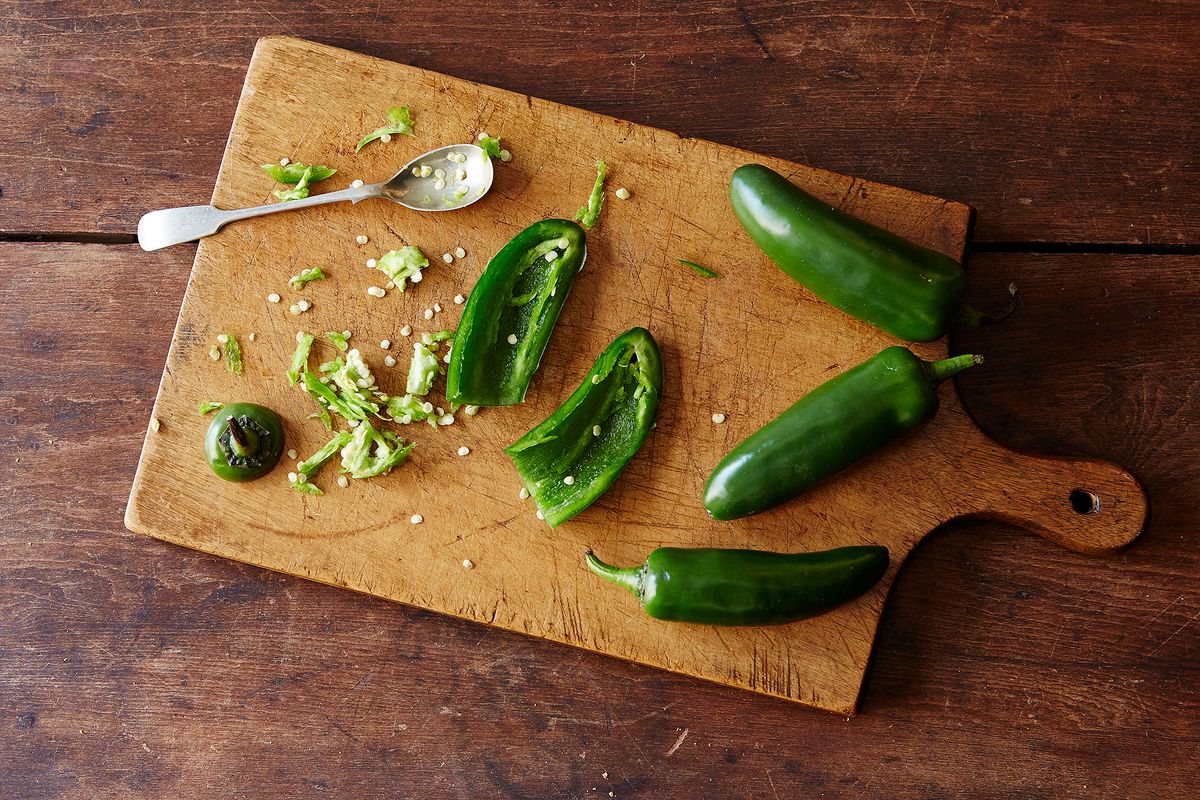

Garden Essentials
How To Seed A Jalapeno
Modified: March 24, 2024
Learn how to seed a jalapeno in your garden and enjoy fresh, spicy peppers all season long. Discover step-by-step instructions and expert tips to ensure successful planting and cultivation.
(Many of the links in this article redirect to a specific reviewed product. Your purchase of these products through affiliate links helps to generate commission for Storables.com, at no extra cost. Learn more)
Introduction
Welcome to the wonderful world of gardening! Growing your own plants can be a rewarding and fulfilling experience, and one plant that many gardeners love to cultivate is the jalapeno pepper. These fiery little peppers are not only delicious in various dishes but also add spice and flavor to any garden.
In this guide, we will walk you through the process of seeding a jalapeno pepper. Seeding a jalapeno is an essential step in propagating these plants or preparing them for use in recipes. We will cover everything from choosing the right jalapeno to removing the seeds and providing useful tips along the way.
So, roll up your sleeves, put on your gardening gloves, and let’s get started on this jalapeno seeding adventure!
Key Takeaways:
- Choose healthy, ripe jalapenos for seeding. Look for vibrant color, firmness, and consider your preferred spice level. Select fully mature peppers with developed seeds for successful propagation.
- Handle jalapeno seeds with care. Wear gloves, avoid touching your face, and work in a well-ventilated area. Store dry seeds in a labeled, airtight container for future use or planting.
Read more: How To Plant Jalapeno Seeds
Choosing the Right Jalapeno
When it comes to seeding a jalapeno, selecting the right pepper is crucial. Here are some tips to help you choose the perfect jalapeno for seeding:
- Look for a healthy jalapeno plant: Before you even consider harvesting the peppers, make sure the plant itself is healthy. Look for vibrant green foliage with no signs of wilting or yellowing leaves. A healthy plant will produce better-quality peppers.
- Check the size and color: When selecting a jalapeno for seeding, pay attention to its size and color. Look for firm, mature peppers that are about 3-4 inches long. They should have a glossy green color, indicating that they are fully ripened.
- Consider your preference: Jalapenos come in different heat levels, ranging from mild to extra-hot. Decide on the level of spiciness you prefer and choose a jalapeno variety accordingly. If you’re new to growing jalapenos, you may want to start with a milder variety.
- Inspect for any damage or pests: Carefully examine the jalapeno pepper for any signs of damage or pests. Look for blemishes, holes, or discoloration, as these may indicate disease or insect infestation. Avoid selecting peppers with any visible damage.
- Consider the plant’s growth stage: Depending on your purpose, you may want to choose jalapenos at different stages of growth. For seeding, it’s best to select fully mature peppers with developed seeds. If you’re planning to use the jalapenos for culinary purposes, you may prefer slightly younger peppers that are still crisp and flavorful.
Remember, choosing the right jalapeno is the first step towards successful seeding. Take your time to select the healthiest and most suitable peppers, as this will greatly influence the growth and flavor of the plants that will follow.
Preparing the Jalapeno for Seeding
Once you’ve selected the perfect jalapeno pepper for seeding, it’s time to prepare it for the process. Follow these steps to ensure that your jalapeno is ready to yield its precious seeds:
- Gather your materials: Before you begin, gather the necessary materials. You will need a sharp knife, a cutting board, and a bowl to hold the seeds.
- Wash the jalapeno: Start by thoroughly washing the jalapeno under cool running water. This will help remove any dirt, pesticides, or residue that may be present on the surface of the pepper.
- Dry the jalapeno: After washing, pat the jalapeno dry with a clean towel. It’s important to work with a dry pepper to ensure precise cutting and handling.
- Trim the stem: Use the knife to carefully cut off the stem of the jalapeno. Make a clean, straight cut just above the top of the pepper.
- Cut the jalapeno lengthwise: With the jalapeno standing upright, slice it in half lengthwise from the stem end to the tip. Take your time and use a steady hand to ensure even, straight cuts.
- Remove the seeds and membranes: Use the tip of the knife or a small spoon to gently scrape out the seeds and the membranes attached to them. Be cautious not to damage the flesh of the pepper as you remove the seeds.
- Collect the seeds: As you remove the seeds from each jalapeno half, place them directly into the bowl. This will help keep them organized and prevent any loss.
- Discard or use the remaining pepper: Once you have collected all the seeds, you can choose to discard the remaining pepper or use it in your culinary preparations. Diced jalapeno can add a delicious kick to salsas, sauces, or marinades.
By following these steps, you will have your jalapeno pepper prepared and ready for the next stage of seeding. Take care to handle the pepper gently, as its seeds are delicate and important for the propagation of new jalapeno plants.
Wear gloves when seeding jalapenos to protect your skin from the spicy oils. Use a small spoon to scoop out the seeds and inner membranes. Wash your hands thoroughly after handling jalapenos.
Removing the Seeds from the Jalapeno
Now that your jalapeno pepper is prepared, it’s time to focus on the main task at hand – removing the seeds. Follow these steps to ensure a successful seed extraction process:
- Hold the jalapeno securely: Take one half of the jalapeno pepper and hold it firmly in your hand, keeping your fingertips away from the area where you’ll be removing the seeds.
- Scrape the seeds gently: Using a small spoon or your thumb, gently scrape along the inside of the jalapeno, starting from the top and working your way down towards the base. Apply slight pressure to loosen and collect the seeds.
- Tap the jalapeno gently: To help dislodge any stubborn seeds, lightly tap the jalapeno against the palm of your hand or gently tap it on a hard surface. This will help the seeds fall into the bowl or onto the cutting board.
- Repeat the process: Repeat the scraping and tapping process for the remaining jalapeno halves. Be thorough to ensure that all the seeds are collected.
- Inspect for any remaining seeds: After removing the seeds, inspect the pepper to make sure that no seeds are left behind. Use the spoon or your finger to remove any remaining seeds if necessary.
- Transfer the seeds to a dry surface: Once you have removed all the seeds from the jalapeno halves, transfer them to a clean, dry surface such as a paper towel. Spread them out to allow them to dry completely.
- Store the seeds: Once the seeds are completely dry, you can store them in an airtight container or a sealed envelope. Make sure to label the container with the date and the pepper variety. Store the seeds in a cool, dry place until you are ready to use them or plant them.
Removing the seeds from a jalapeno pepper is a careful and meticulous process. Take your time and handle the jalapeno with care to ensure that you collect all the seeds efficiently. With the seeds collected, you can now move on to the next steps of sowing or using them in your delicious recipes.
Tips for Handling Jalapeno Seeds
Working with jalapeno seeds requires some precautions due to their heat and potential for skin irritation. Here are some tips to keep in mind when handling jalapeno seeds:
- Wear gloves: To protect your hands from the spicy oils of the jalapeno, it is highly recommended to wear gloves while handling both the peppers and their seeds. Gloves act as a barrier and prevent any contact with the pepper’s volatile oils.
- Avoid touching your face: The oils from jalapeno seeds can cause a burning sensation if they come into contact with sensitive areas, such as your eyes or face. Be sure to avoid touching your face while working with the seeds and wash your hands thoroughly after handling them.
- Open windows or work in a well-ventilated area: When removing jalapeno seeds, the peppers’ volatile compounds can be released, causing a strong spicy odor. It’s best to work near an open window or in a well-ventilated area to avoid inhaling the fumes.
- Clean your cutting tools: After seed removal, clean your cutting tools, such as the knife and cutting board, to remove any residue from the jalapeno. This will prevent the transfer of any spicy oils to other ingredients during future use.
- Dispose of seeds carefully: If you choose to discard the jalapeno seeds, make sure to dispose of them in a sealed bag. This will prevent accidental contact and potential irritation for others who may come across them.
- Store seeds properly: If you plan to store the jalapeno seeds for future use, ensure they are completely dry before sealing them in an airtight container. Storing them in a cool, dark place will help maintain their viability for months to come.
- Experiment with drying the seeds: If you’re interested in growing jalapeno plants from the seeds you’ve collected, consider drying them before storage. Place the seeds on a paper towel or a mesh screen in a well-ventilated area until they are completely dry. This will help prevent mold or rot during storage.
- Label your seeds: To avoid confusion, label your stored jalapeno seeds with the pepper variety and the date of collection. This will help you keep track of the seeds and ensure you use or plant them within their optimal viability period.
By following these tips, you can safely handle jalapeno seeds and minimize any potential irritation. Remember, always prioritize your safety and take necessary precautions while working with jalapenos to ensure a positive and enjoyable gardening experience.
Conclusion
Seeding a jalapeno pepper is a wonderful way to not only propagate new jalapeno plants but also to harvest the seeds for future culinary endeavors. By carefully selecting the right jalapeno, preparing it for seeding, removing the seeds, and handling them with care, you can successfully navigate through the process.
Remember to choose a healthy and ripe jalapeno, inspect it for any damage, and consider your preferred spice level. Preparing the jalapeno involves washing, drying, and cutting away the stem. Removing the seeds requires gentle scraping and tapping, ensuring that all the seeds are collected. Handle the seeds with caution, wearing gloves to protect your hands and avoiding contact with sensitive areas of your body.
When it comes to storing the collected seeds, make sure they are completely dry before placing them in an airtight container. Properly labeling them with the variety and date of collection will help you keep track and maintain their viability for future use or planting.
Seeding a jalapeno not only provides you with the opportunity to grow your own spicy peppers but also empowers you to experiment with different jalapeno varieties and enjoy the satisfaction of a successful harvest. Whether you’re propagating plants or incorporating the spicy kick of jalapeno into your favorite recipes, this process allows you to connect with the incredible journey of seed to plate.
Now that you have learned how to seed a jalapeno, you are equipped with the knowledge and skills to embark on your own jalapeno-growing adventure. So, roll up your sleeves, embrace the heat, and get ready to enjoy the spicy delight that jalapeno peppers bring to your garden and your plate!
Frequently Asked Questions about How To Seed A Jalapeno
Was this page helpful?
At Storables.com, we guarantee accurate and reliable information. Our content, validated by Expert Board Contributors, is crafted following stringent Editorial Policies. We're committed to providing you with well-researched, expert-backed insights for all your informational needs.
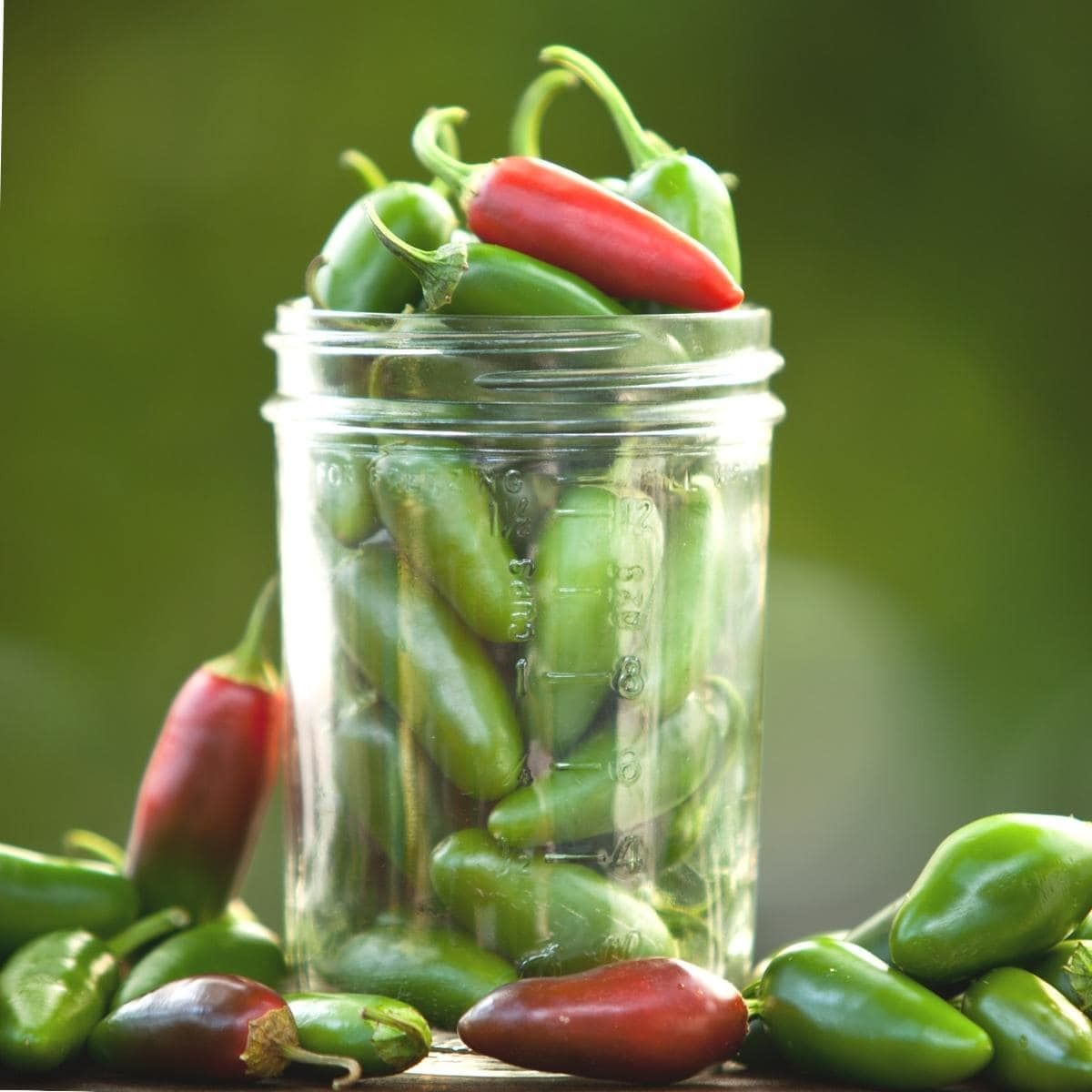
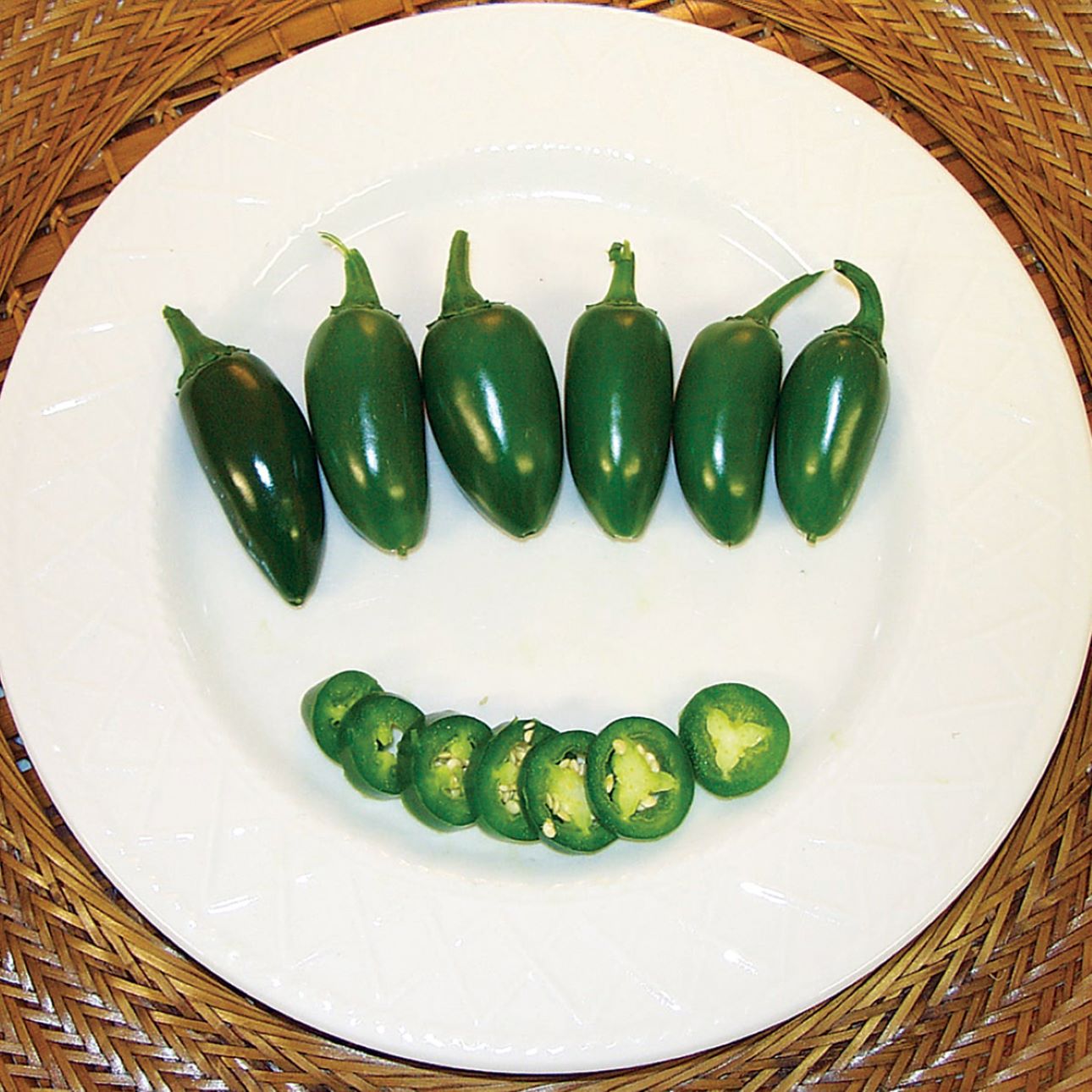
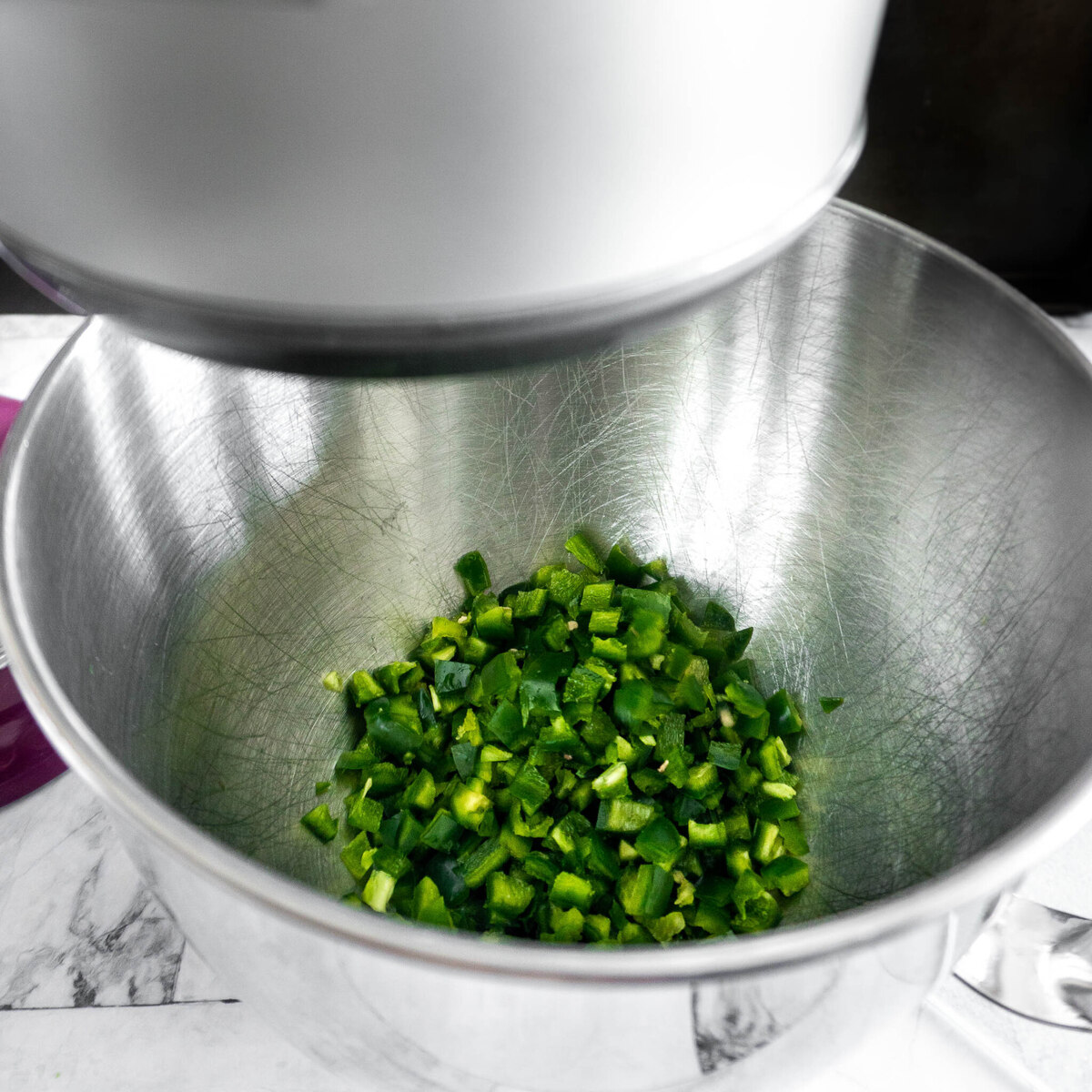
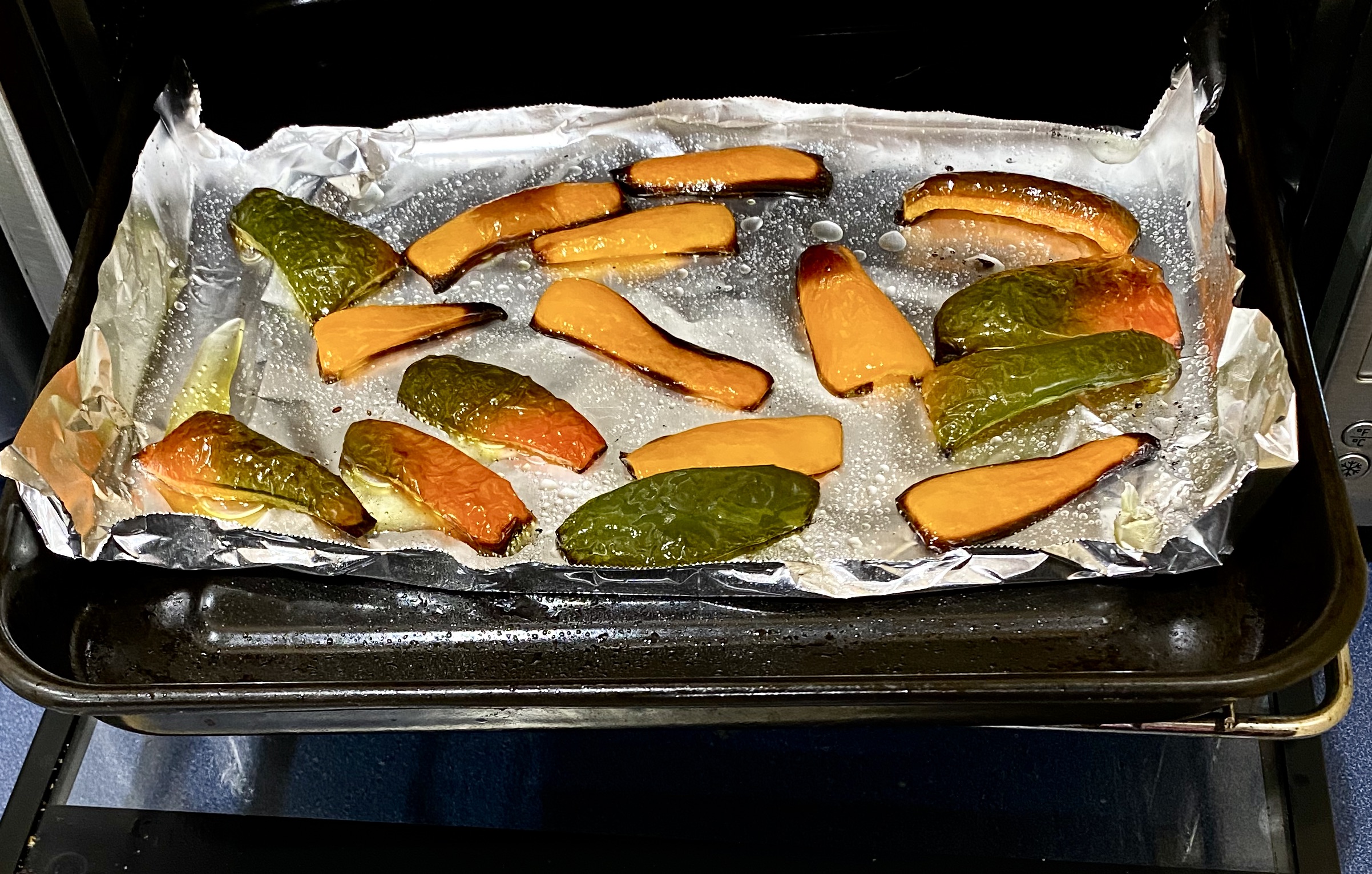
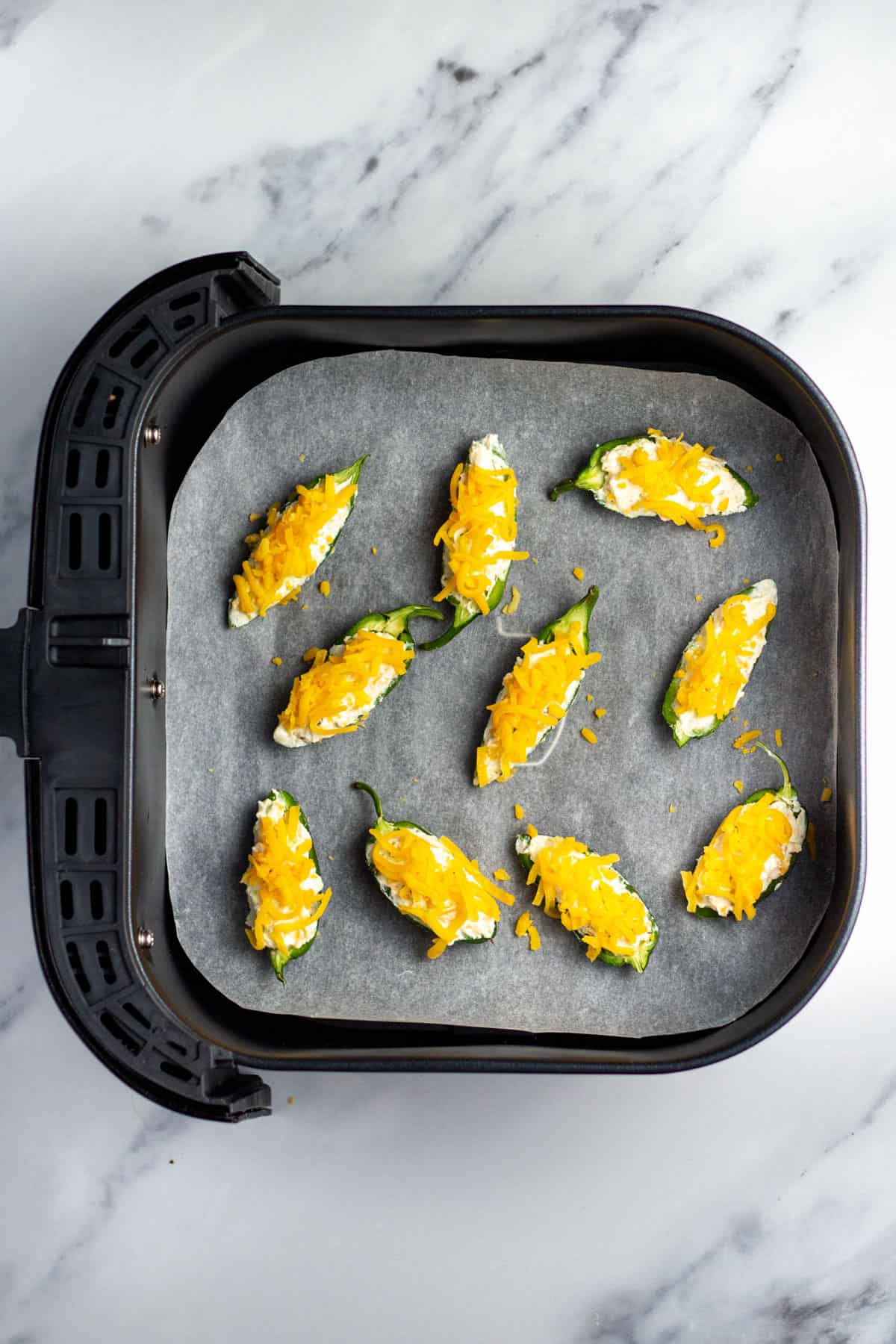
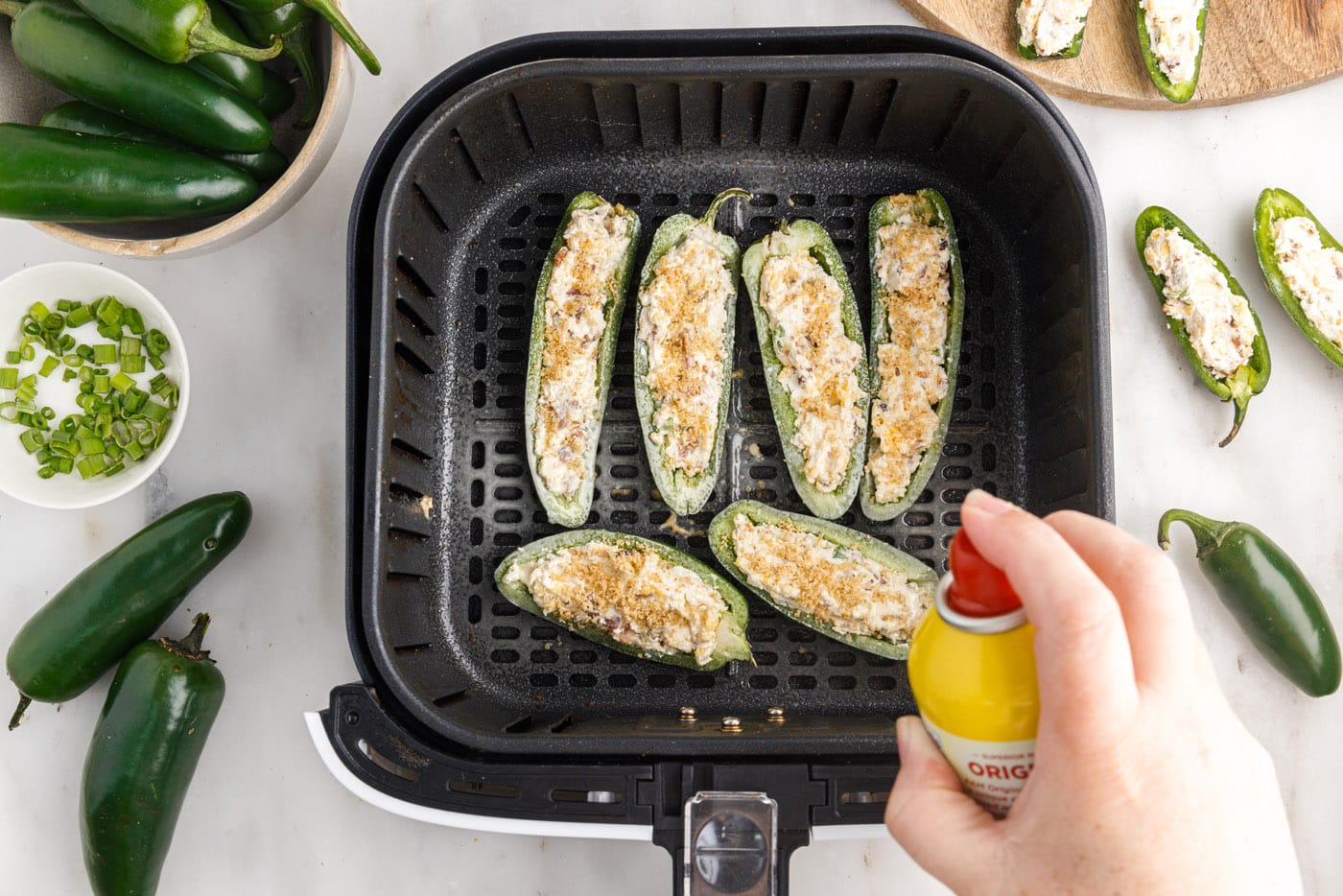
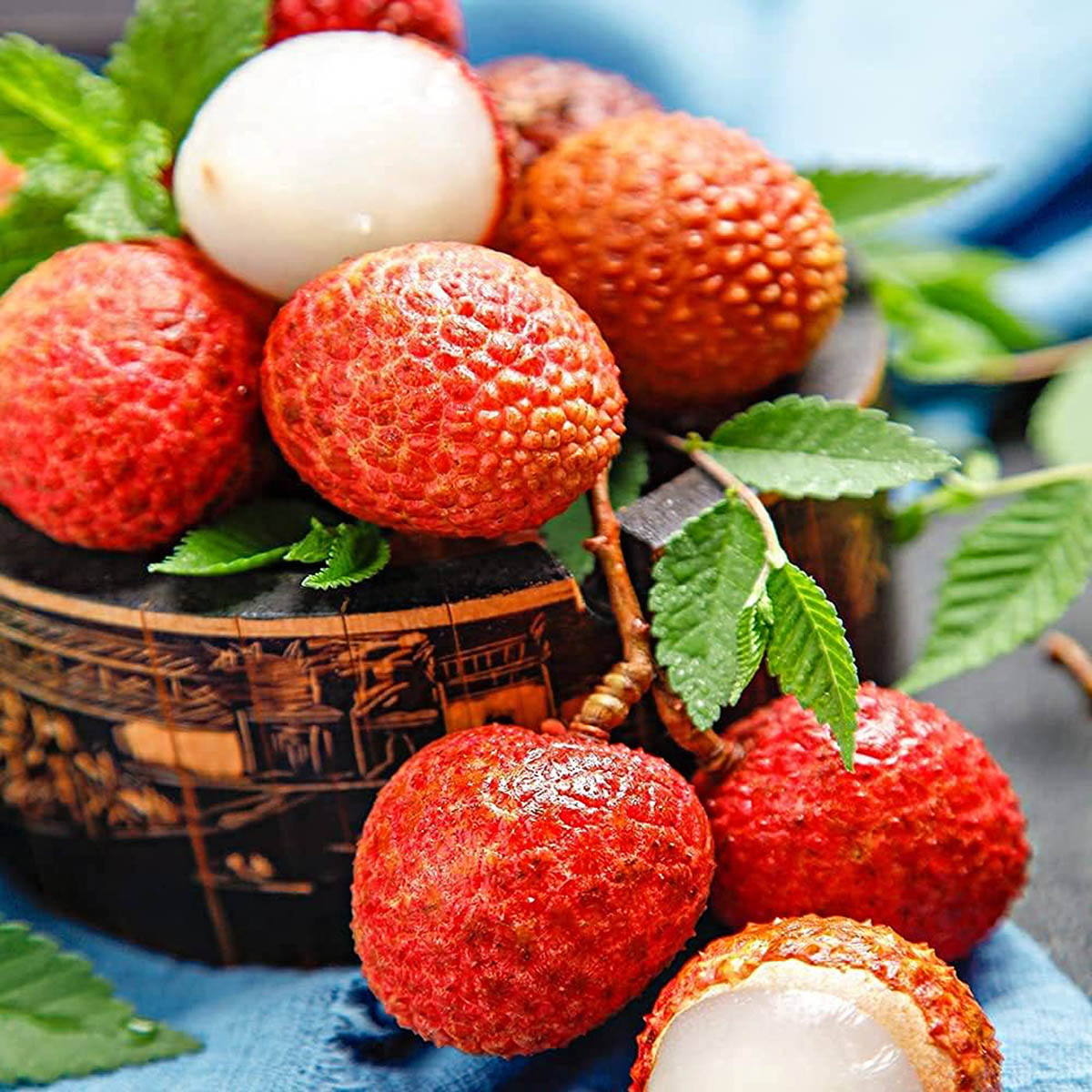
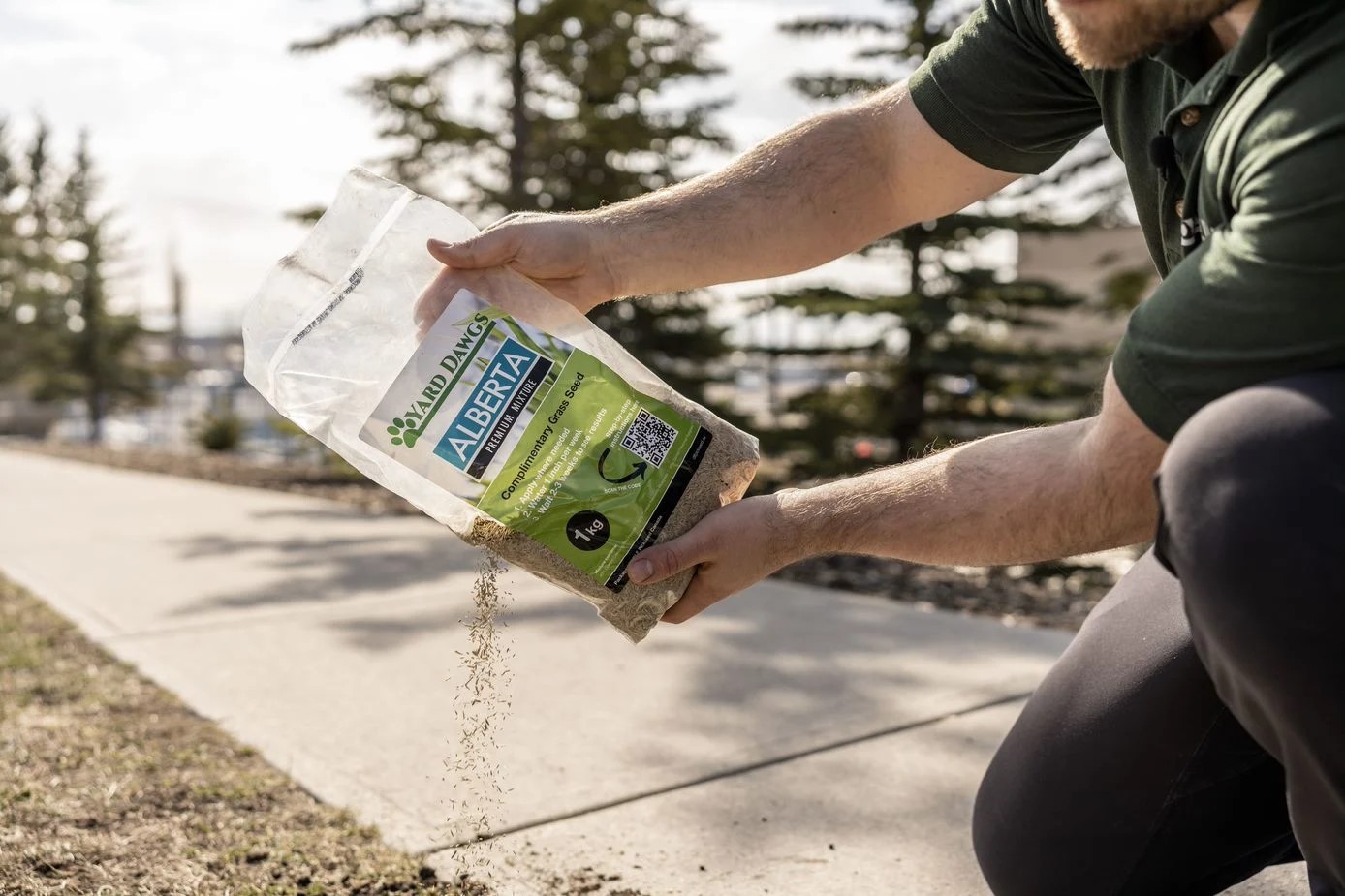
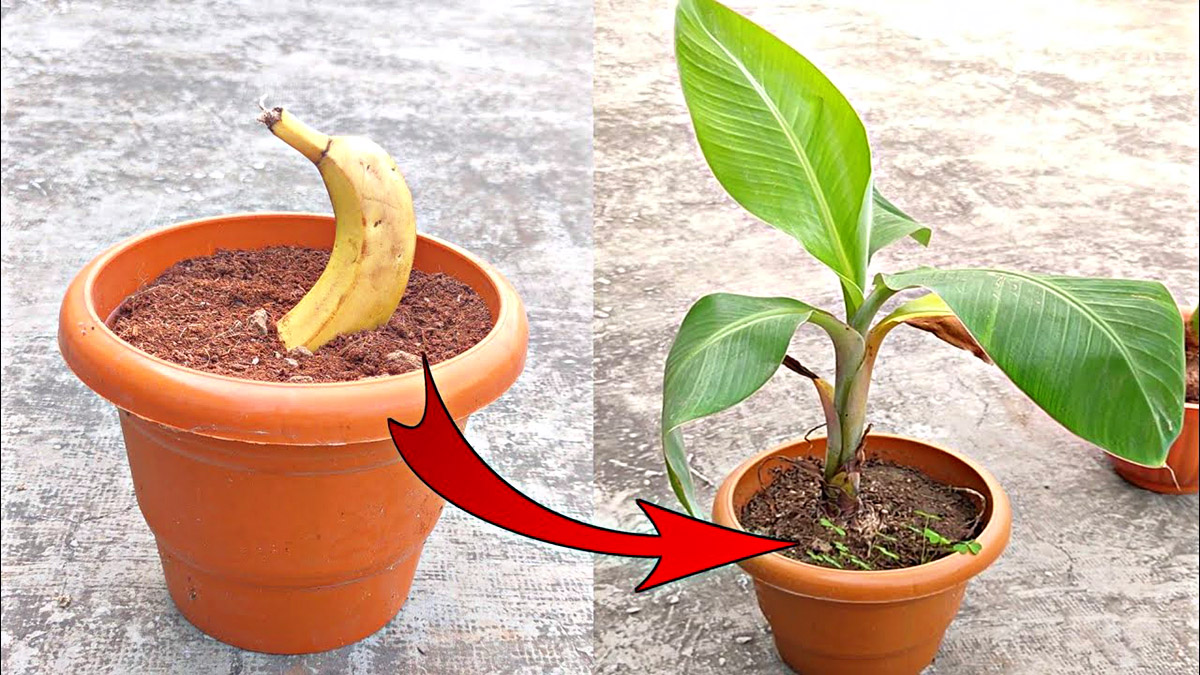
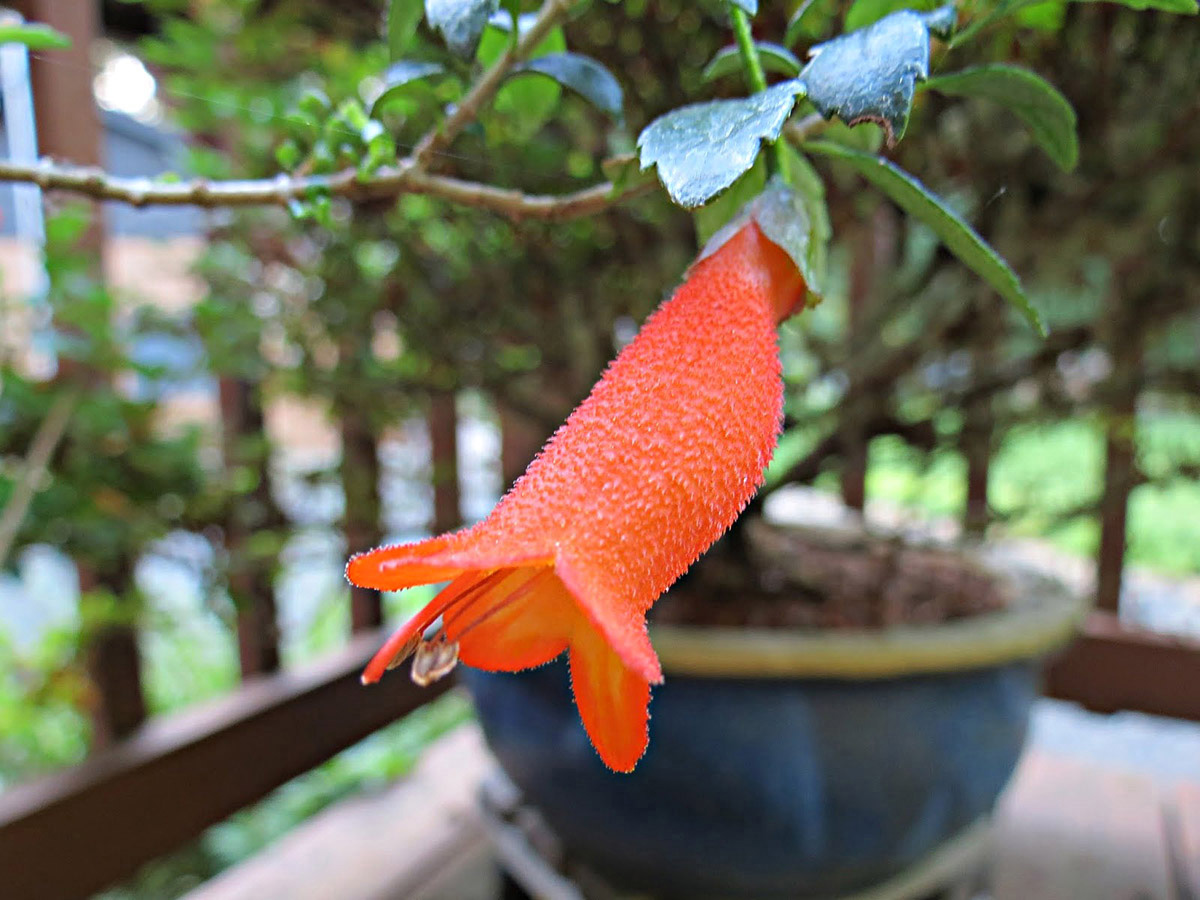
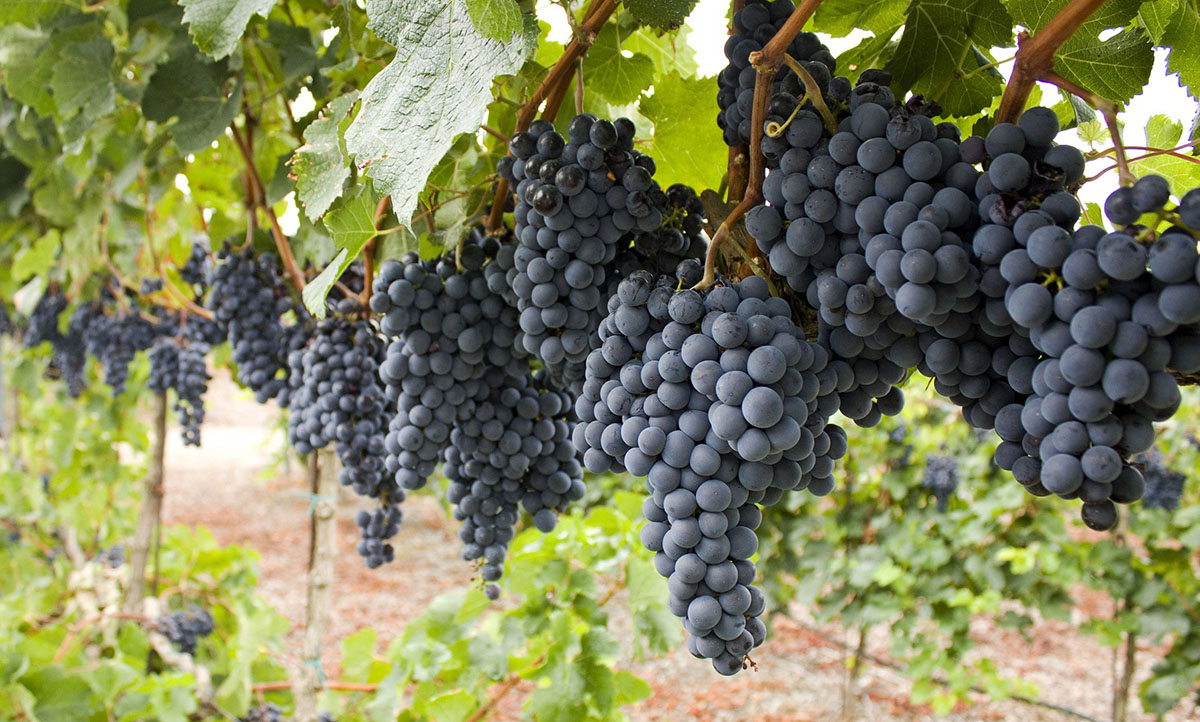
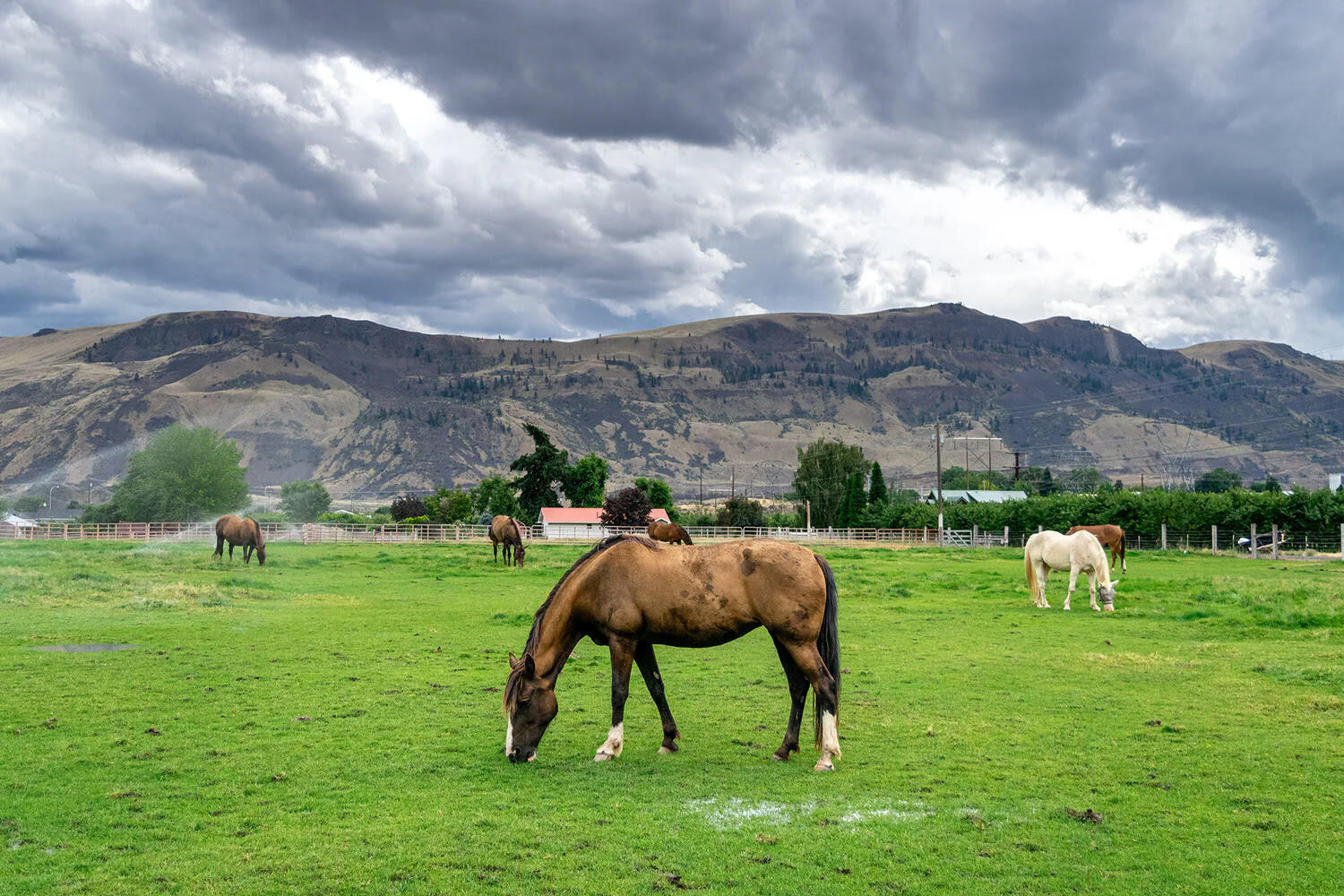
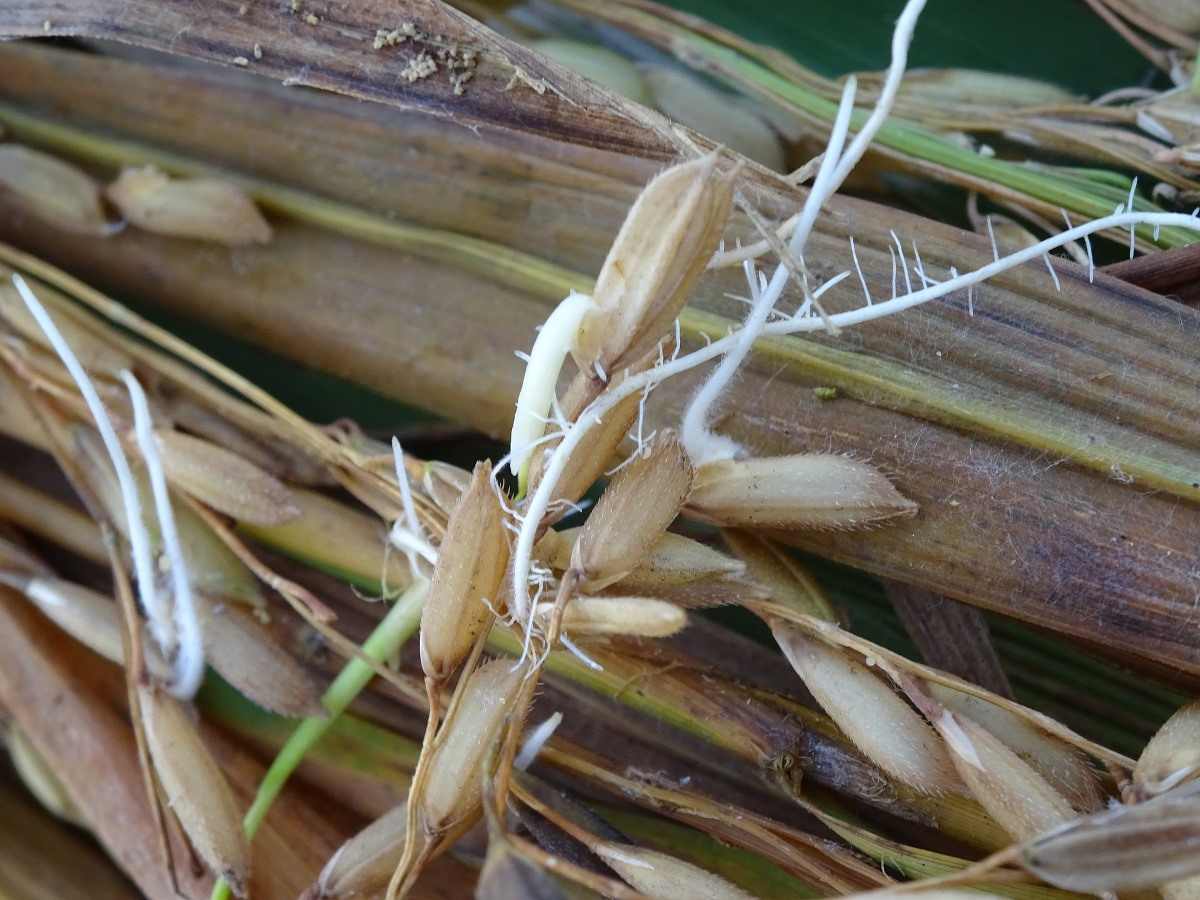
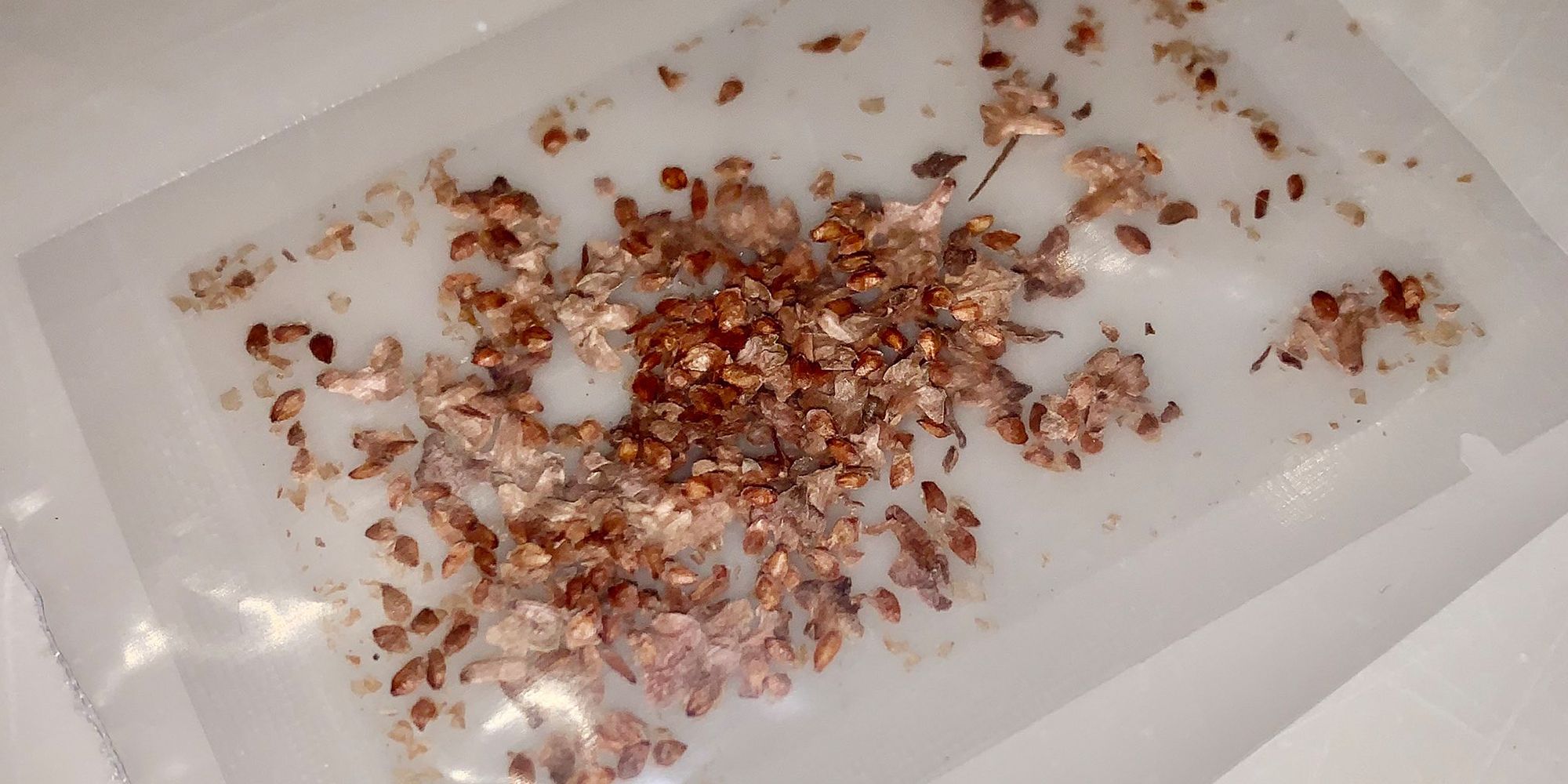

0 thoughts on “How To Seed A Jalapeno”